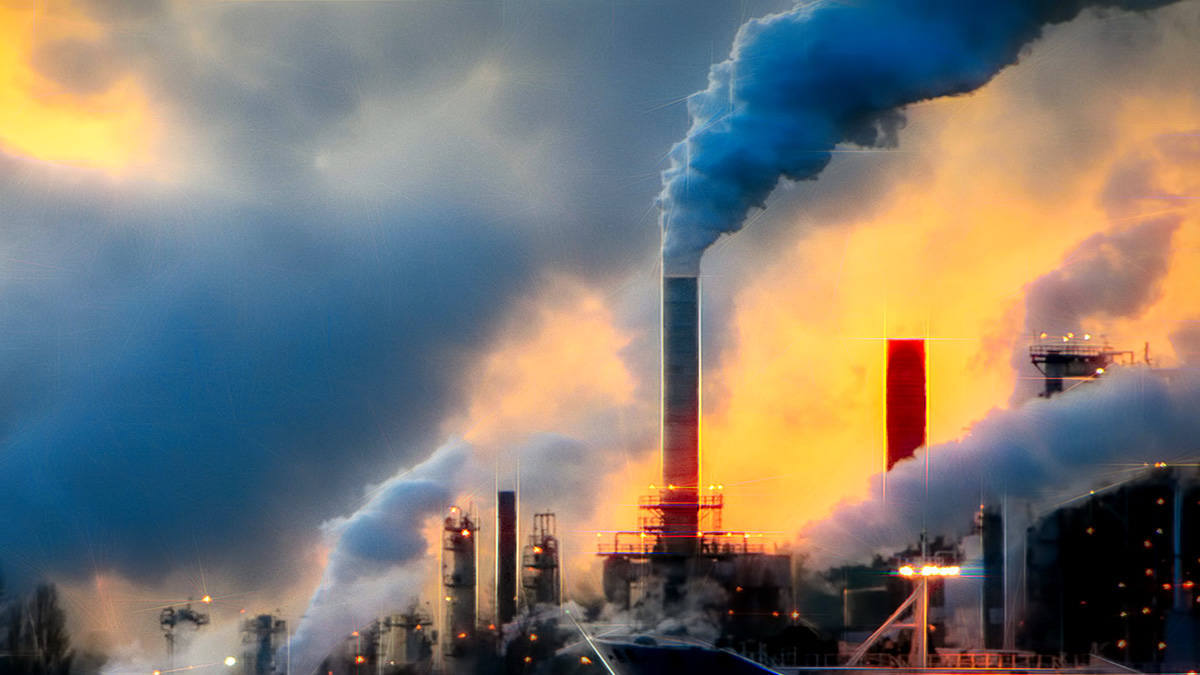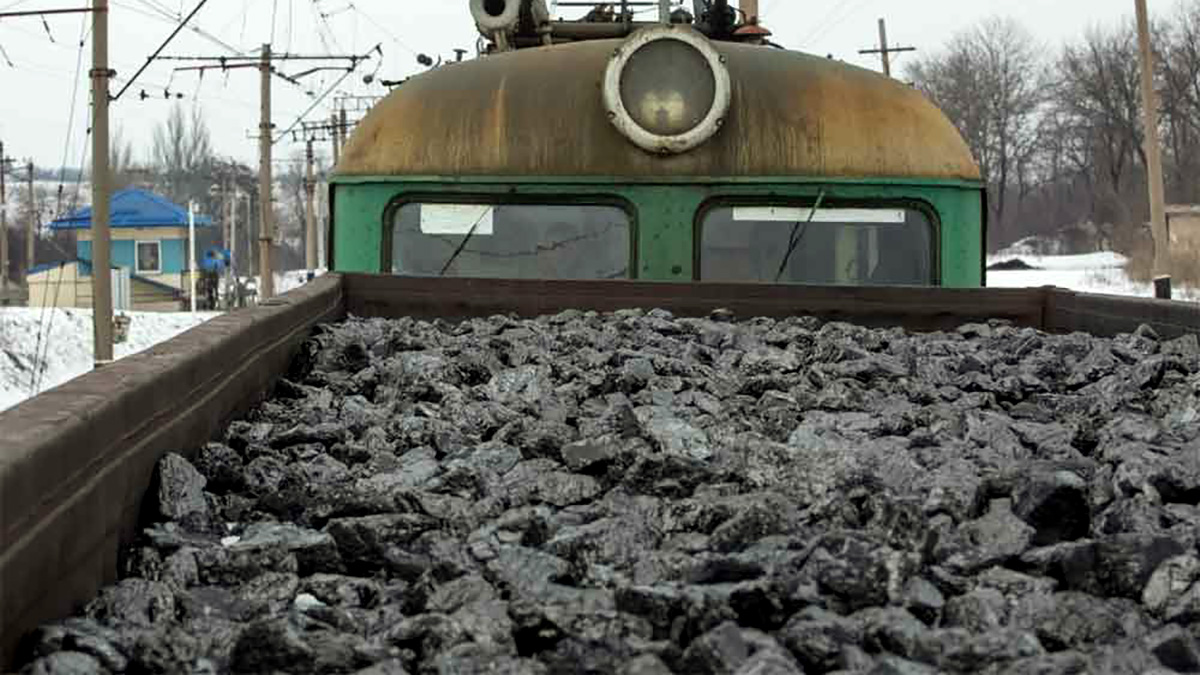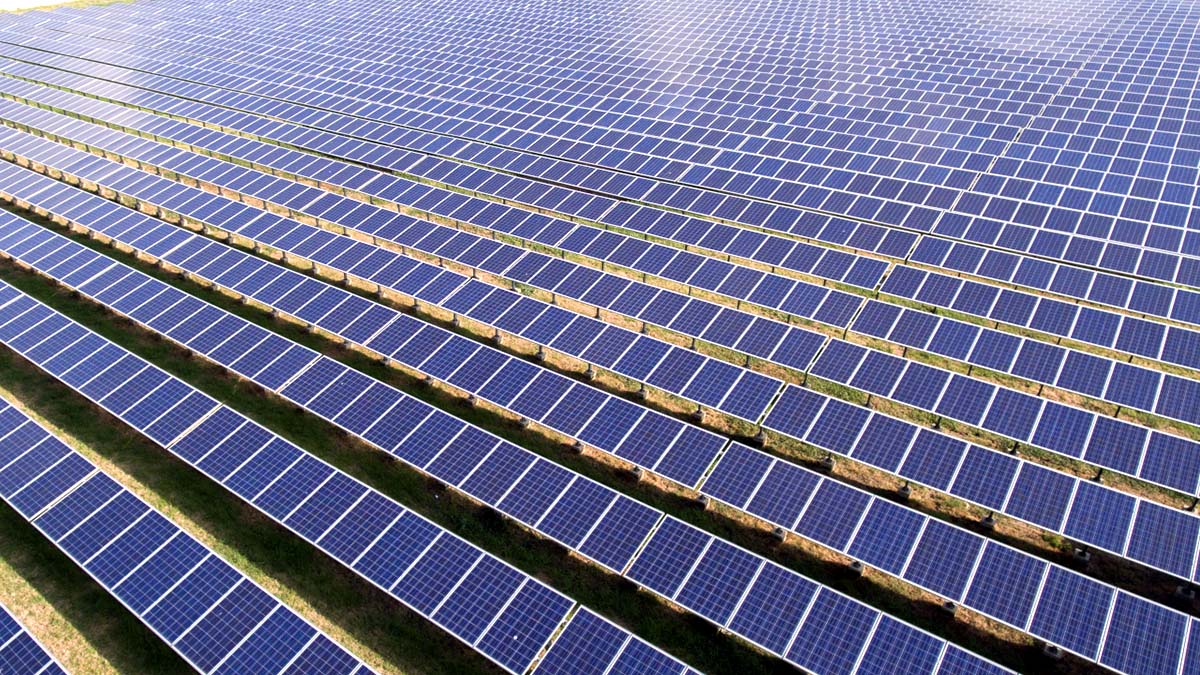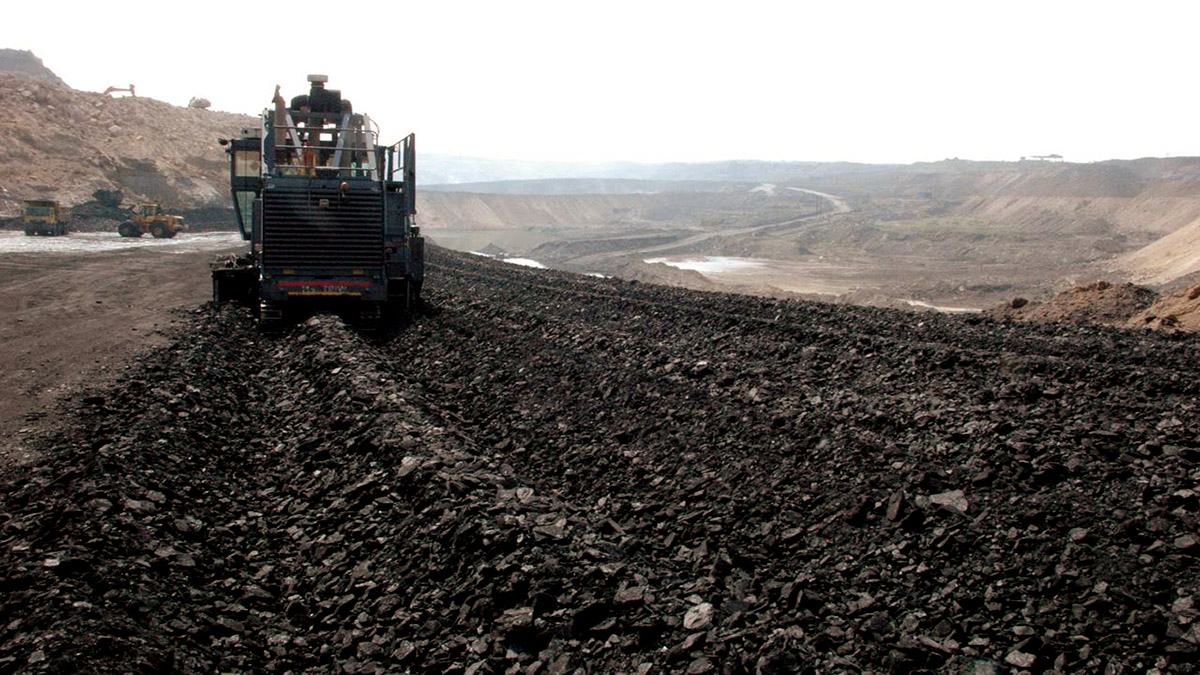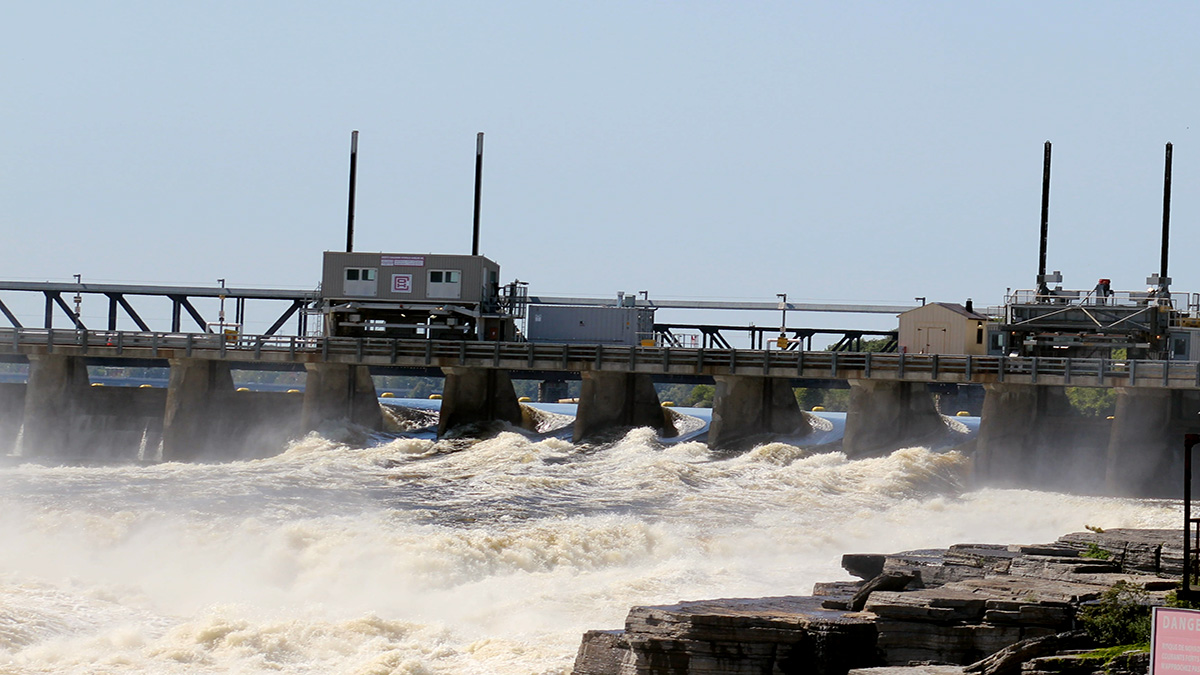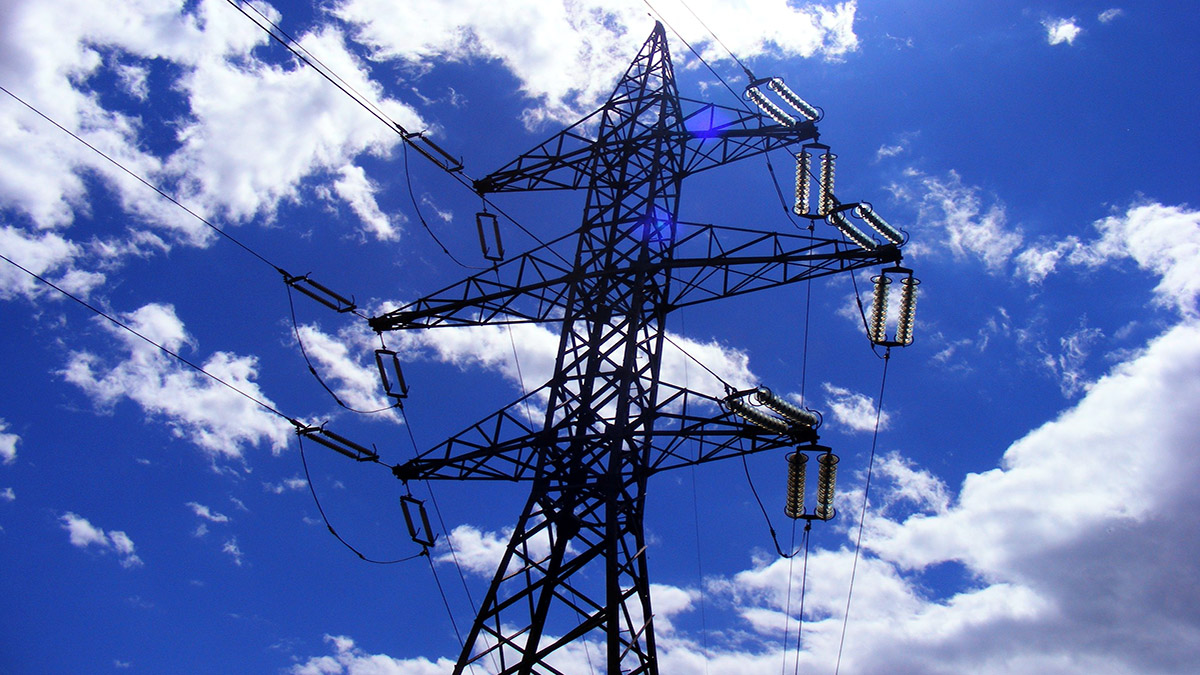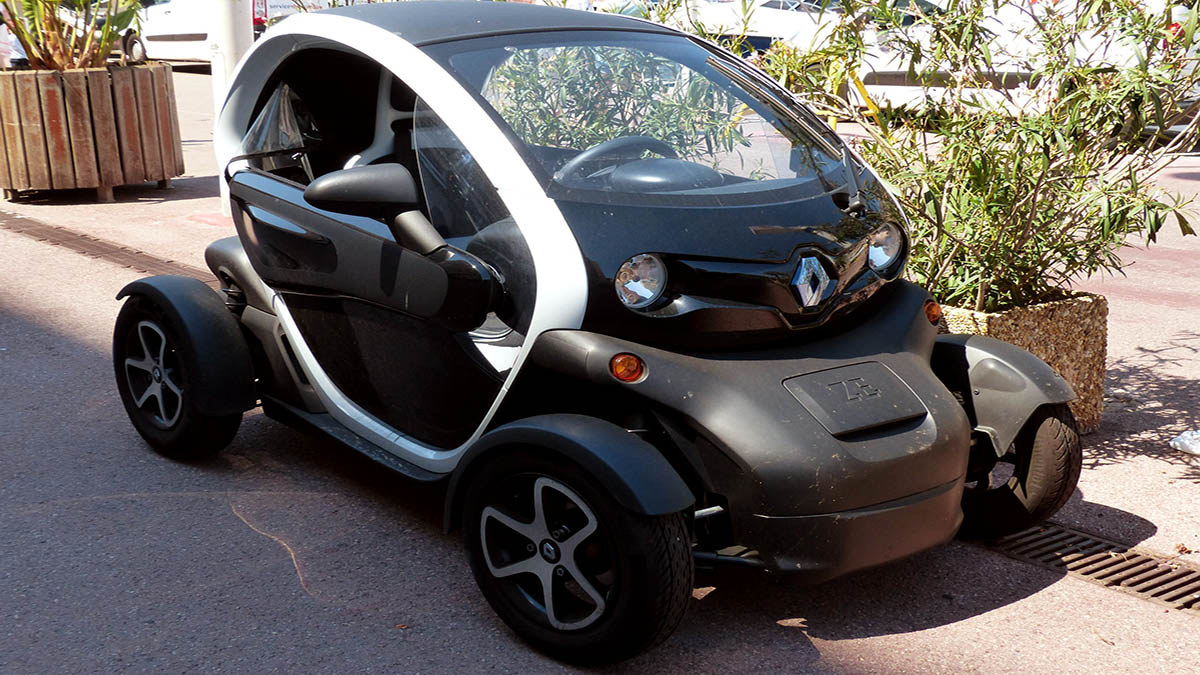Korean government will promote the commercialization of hydrogen and ammonia co-firing power generation to replace coal and liquefied natural gas (LNG) power generation. The government is planning to significantly reduce greenhouse gas emissions by commercializing ammonia co-firing power plant by 2030 (20%) and hydrogen by 2025 (more than 30%).
The Ministry of Trade, Industry and Energy (MOTIE) announced on November 16 that it has launched the ‘Hydrogen-Ammonia Power Generation Demonstration Promotion Team’ presided over by Director General for Energy Innovation Policy. Along with the MOTIE and state-run electricity corporations, private companies will participate in all activities from hydrogen and ammonia production to securing, transportation, and storage of the promotion team.
At the meeting, various agendas, including ‘Updated 2030 NDC (Nationally Determined Contribution)’ released by the government last month and current status and promotion plans of hydrogen and ammonia power generation technologies included in ‘2050 Carbon Neutrality Roadmaps,’ were discussed.
The hydrogen-ammonia co-firing power generation is a new technology that generates electricity by stably burning carbon-free fuels hydrogen (H2) and ammonia (NH3) in existing coal and LNG generators.
It can reduce greenhouse gas emissions by using existing infrastructure such as power generation facilities and power distribution lines. As ammonia can replace in proportion to coal and hydrogen can replace LNG, reducing greenhouse gas emissions.
Korea raised ammonia power proportion to 3.6% (22.1TWh) of total power generation in 2030 in the Updated 2030 NDC target. In the 2050 Carbon Neutrality Roadmaps, the government also reflected carbon-free gas turbine power generation such as hydrogen and ammonia as 13.8-21.5% of the total power generation in 2050.
The promotion team is planning to complete research and development (R&D) of ‘Gas Turbine Hydrogen Co-firing Power Generation Limitations Assessment and Combustion Optimization Technology Development’ and ‘Carbon-Free Eco-Friendly Ammonia Power Technology Development’ by 2024.
In addition, it is aiming to complete the demonstration of 150MW-capacity 50% hydrogen co-firing power generation by 2028. It is also planning to commercialize the co-firing power generation more than 30% by 2035 and generate power by 30-100% co-firing in 2040. For ammonia power generation, it will complete the demonstration of 20% co-firing power generation by 2027. And then, it will commercialize it by applying 20% co-firing power generation to more than half (24 units) of all coal power generators (43 units).
The Ministry of Industry, Trade and Energy will establish an ammonia storage facility in 2022 to practically apply ammonia co-firing power generation to coal power generation. It will also support improvements in hydrogen-ammonia power generation laws and systems, including incentives through the eco-friendly certification system.
In addition, it is planning to lead the establishment of an international supply chain to enhance energy security, such as stable supply of hydrogen and ammonia.


